In this second part:
· Perhaps things are not as we understand them.
· Flatland.
· Examples from Japan’s martial past.
· The Tengu.
· Ueshiba Morihei, master magician and dodging bullets.
Of course, there are many possible theories as to how it works.
You could apply a kind of Occam’s Razor approach, where you shave away all the least likely explanations and what’s left is liable to be the truth. It has real benefits in unravelling mysteries (it worked well for Sherlock Holmes). But, in doing so, I would not be so quick to dismiss other theories; including the ones that leave room for the uncanny.
To float this idea:
Perhaps there are realms, dimensions, or other realities that are well outside of our own? Afterall, I did say earlier that our perceptive apparatus and way of contacting/relating to the world is actually quite limited. Reality is only relative to the tools we have available, and, as an extra example, we feel ourselves to be locked in linear time, but perhaps it’s not like that?
Here’s a thought that may be worth considering.
Flatland.
In 1884 English schoolmaster Edwin A. Abbott published a novella called ‘Flatland’.
Edwin Abbott.
Abbott asked his readers to imagine creatures living in a two-dimensional world without any way of perceiving the third dimension (the world we inhabit), a bit like living on the surface of a pond. If a ball was floating in the pond, those who inhabit ‘flatland’ would only see it as a line. Now take that idea to include other dimensions beyond ours, ones that we currently have no perception mechanisms to experience, we just wouldn’t be able to see it, much less access it. See if you can get your head round that.
In a recent American podcast I heard the phrase, “our meat is stuck in 3D”, kinda sums it up nicely.
Abbott’s drawing of the intersection of the sphere and the plane of Flatland/Lineland.
Bokuden Tsukahara and Takemikazuchi no Kami; the swordsman and the God.
Bokuden Tsukahara (1489 – 1571) a sword saint in Japanese history, claimed to have received divine revelations from the kami Takemikazuchi at the Katori shrine. Whatever these revelations were, they acted as a creative inspiration for him to formulate his school of swordsmanship; which he called Katori Shinto Ryu.
Image of Takemikazuchi no Kami, public domain.
There is no record of how this inspiration came to him, was it a dream, was it after a period of intense meditation, or from prolonged privations through sword training? Nobody knows the mechanics of it. But clearly something transcendental and possibly supernatural occurred to the great sword master.
Bokuden’s story is not unique; various deities, spirits and sprites seem to have intervened at crucial times to the development of other historical figures.
Minamoto no Yoshitsune (early name Ushiwakamaru ‘young bull’) (1159 – 1189)
The Tengu.
Ushiwakamaru learning techniques from the Tengu, while Sojobo looks on. Source; Common access.
I have written about this young and ultimately fated hero of Japanese history before, but what is relevant to this particular study is the supernatural intervention that is supposed to have happened in his early, formative years, as a youngster in exile.
This time the agency is the Tengu; the mythical part-crow, part-human goblin-like creatures who taught young Ushiwakamaru how to wield a sword and become a master of strategy. This was all supposed to have happened on mount Kurama and was under the watchful eye of the king of the Tengu, Sojobo.
Bear in mind that this was the 12th century. There is a rule that the further back the story goes, the more licence you have to inject supernatural entities; it’s just part of folklore; the Irish have been trading off that for centuries. That’s why a recent survey said that 80% of Irish people believe that Leprechauns are real. But I put that down to the fact that the Catholic church has had a stranglehold on the Irish ever since the days of St. Patrick, so they are hardwired to believe in the supernatural (for anyone interested, read up on the shenanigans at the Holy shrine at Knock).
The idea of the Tengu seems to have carried forward in time. There are still references to Tengu interventions right up to relatively modern times. Their totemic power for Old School Japanese martial arts has lost little of its shine.
It is interesting that characteristics of the Tengu seem very close to European stories of the Fairy Folk, in that they are inclined to be vindictive, punitive and the harshest of judges, as well as bestowing great gifts on the worthy. But these qualities also can be looked upon as condensed versions of human characteristics let loose in a supernaturally projected mythological landscape – put simply, the Tengu are a law unto themselves and we are their moral experiment.
Martial arts and seemingly paranormal ability in the modern age.
Of course it’s part of the folklore of the martial arts; semi-mythical ‘masters’ with super-human abilities beyond the reach of mere mortals; it’s graced a thousand movies and fuelled an even greater number of fantasies. As mentioned, the further back in time the more fantastic and unbelievable it gets. But what about relatively modern times?
My go-to model is Ueshiba Morihei, the founder of Aikido, who passed away in 1969.
Ueshiba in his physical and spiritual prime.
He was captured on film flinging his students around, knocking them flat, in an almost casual way. This is impressive in itself, but nowhere near as outlandish as the stories that are told about him that are NOT caught on film. A couple of examples:
Dodging bullets.
Ueshiba’s student Shioda Gozo tells a story in his autobiography where master Ueshiba said to a group of soldiers that bullets couldn’t touch him. Aggrieved by this seeming challenge, it somehow came about that he had to put his money where his mouth is. But this didn’t worry him (much to the alarm of his family and students).
A firing squad was set up; six men, all marksmen, armed with pistols, at a distance of twenty-five metres. The command to fire was given and Ueshiba seemingly vanished and appeared alongside/behind one of the marksmen and threw him to the ground. Everyone was amazed, nobody could figure out what happened; so, they asked him to do it again… exactly the same result.
Shioda, who witnessed all of this, inevitably asked his teacher how he did it. Ueshiba talked about a ball of light that appeared ahead of the bullet being fired; it seemed he was somehow able to slow down time; he had to, otherwise how could he cover the twenty-five metres?
His explanation to Shioda was precise yet vague. But here we a have a fairly reliable first-hand eye witness account. Shioda comes across as a trustworthy witness, who applies the same kind of scepticism we all might in such circumstances. But what really happened?
Shioda also tells of a similar story, which Ueshiba had to back out of at the last second.
A challenge against a truly skilful hunter. Ueshiba was gracious to the hunter, being convinced that he would have been killed and acknowledging him as a true master of his art. To me, this second story almost contradicts the first one.
Had Ueshiba found a way of breaking the problem of time and space?
If you want to read Shioda’s fuller account, it can be found here:
http://www.aikidofaq.com/history/story.html
Ueshiba was a shaman martial artist. Accounts suggest that he was perpetually in connection with the Kami; he even claimed he was a supernatural embodiment in his own being, i.e. he was a deity. Whether he was talking metaphorically, literally, figuratively or symbolically, I don’t know.
John Stevens in his biography of Ueshiba ‘Abundant Peace’, tells a tale where one of Ueshiba’s students who is travelling with him on a train, finds himself speculating that because the old master was sleeping would he be able to launch a surprise attack on him. He reaches for his fan to hit Ueshiba on the head and the master’s eyes snap open and he says, “My guardian deity tells me that you are thinking of hitting me over the head. You wouldn’t do such a thing, would you?”
All of this was happening less than a hundred years ago, and yet we find no logical explanation.
I will end on this thought:
At the two extremes of perceived existence, we can only acknowledge that there is a macro and micro level, and the reality is that we only exist in a small space between the two. At one end, the vastness of the universe is way out of our reach and understanding. The other is the microscopic world and associated life forms and structures; we are only just beginning to get a grip on that particular unseen world.
And then there is the possibility of other dimensions.
As I said earlier; never say never.




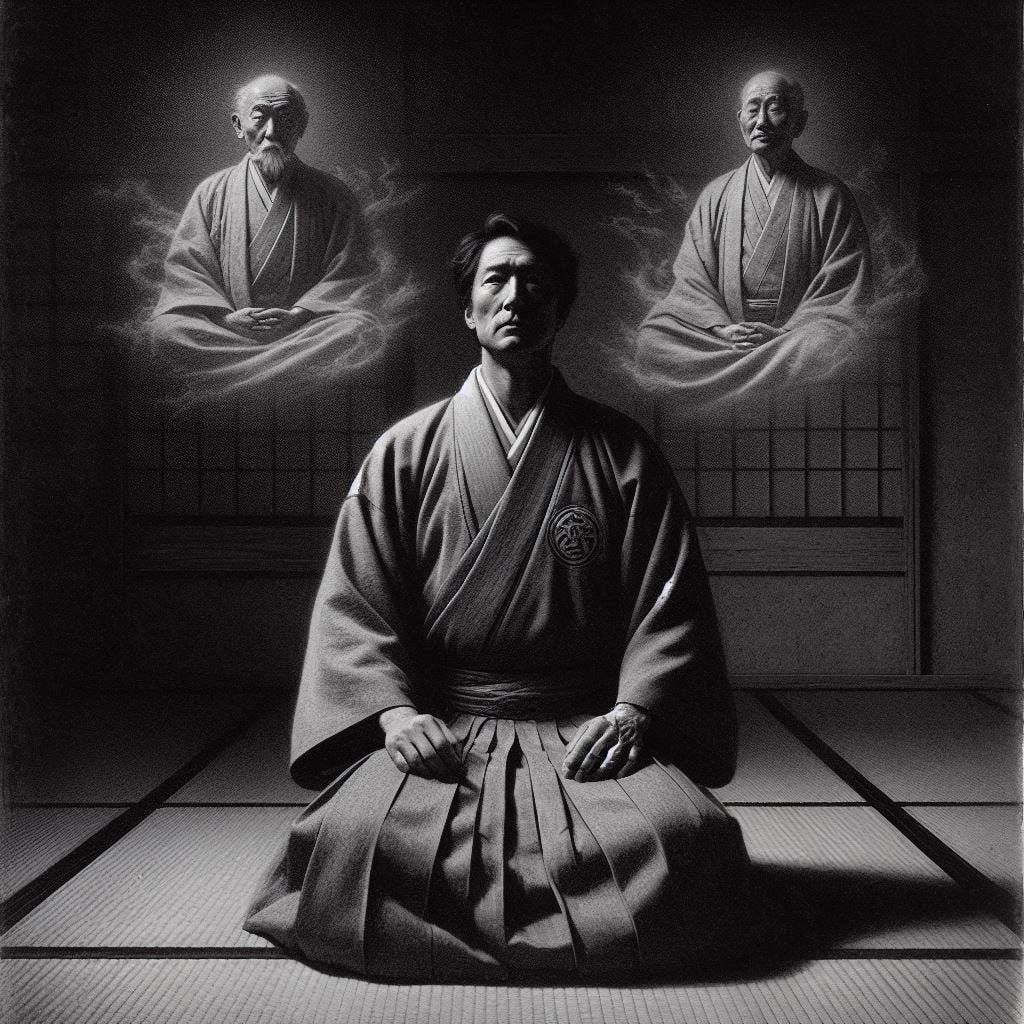


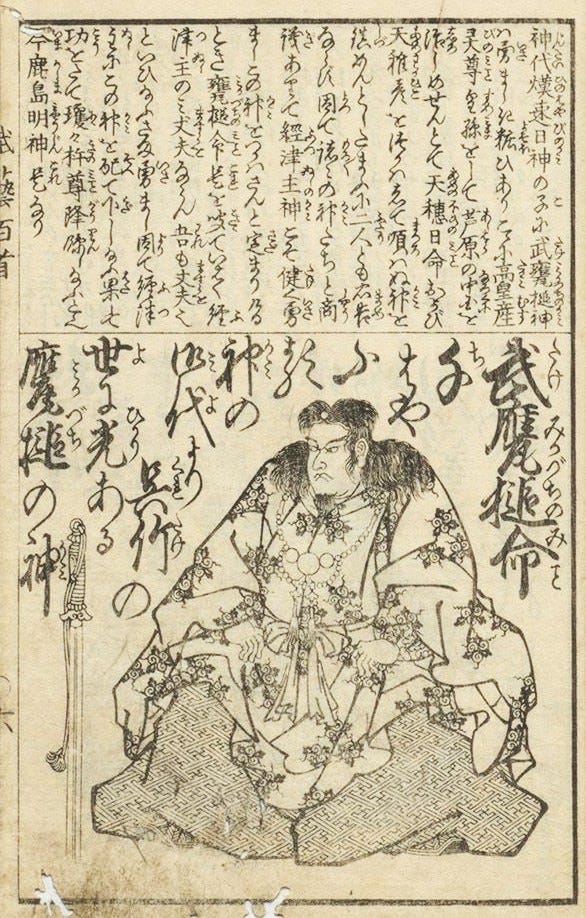
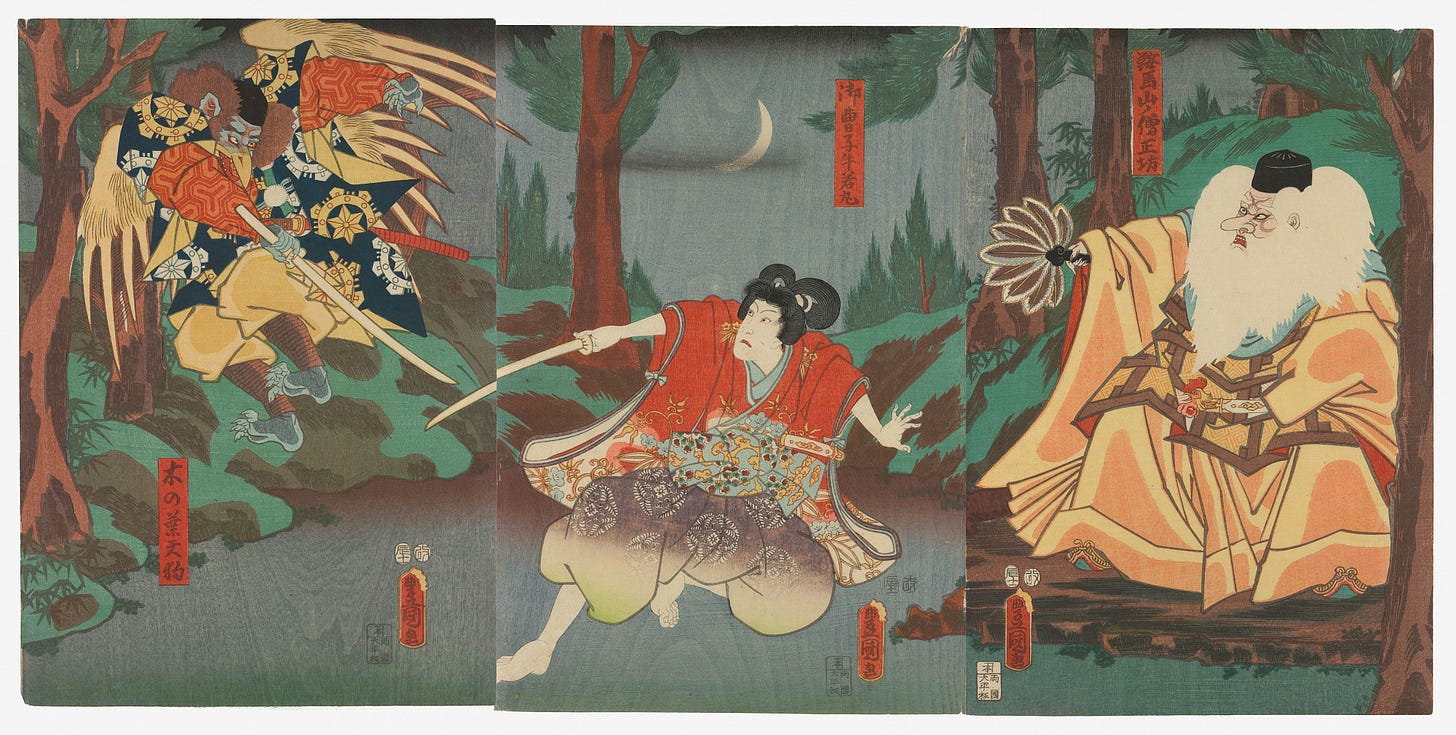
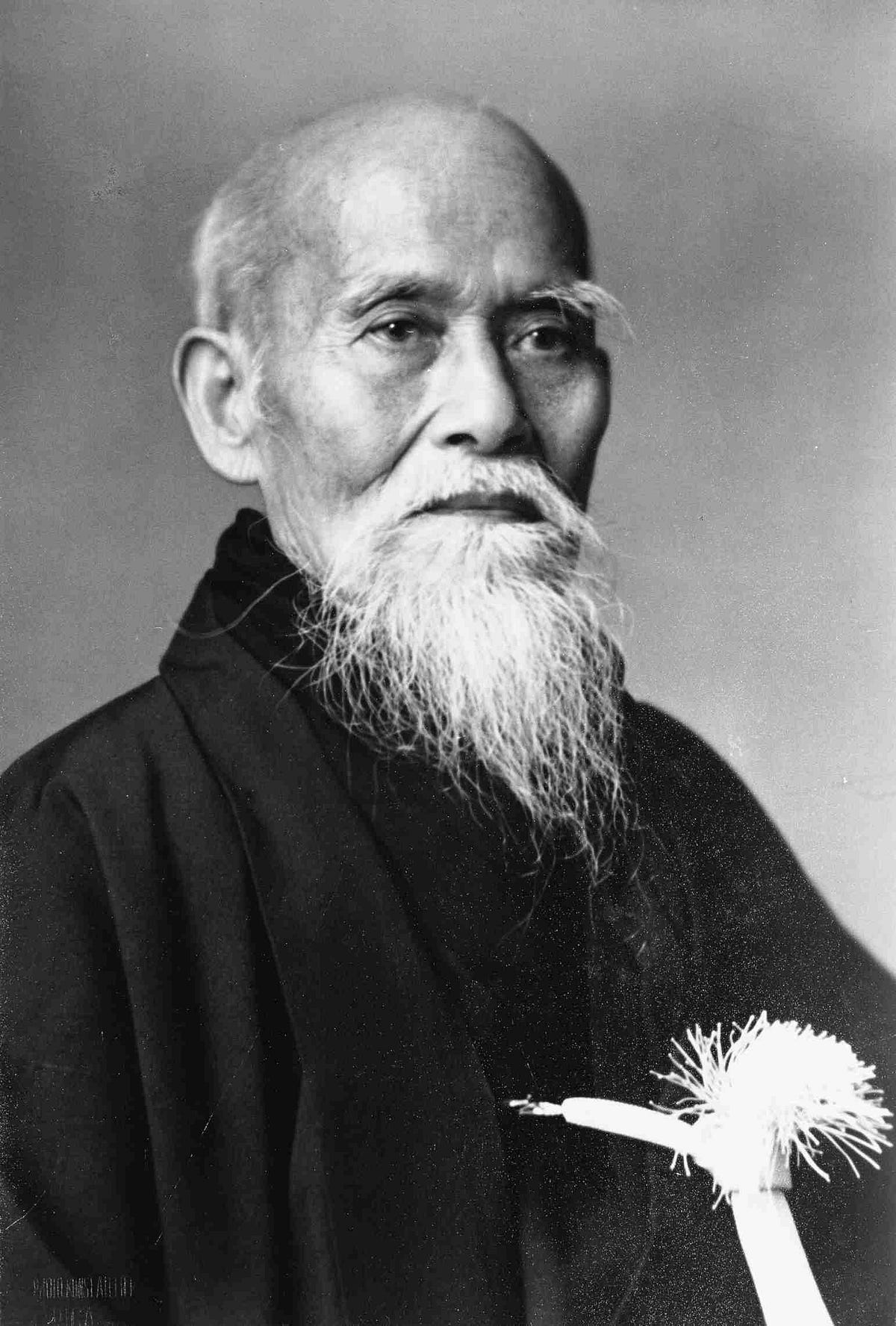
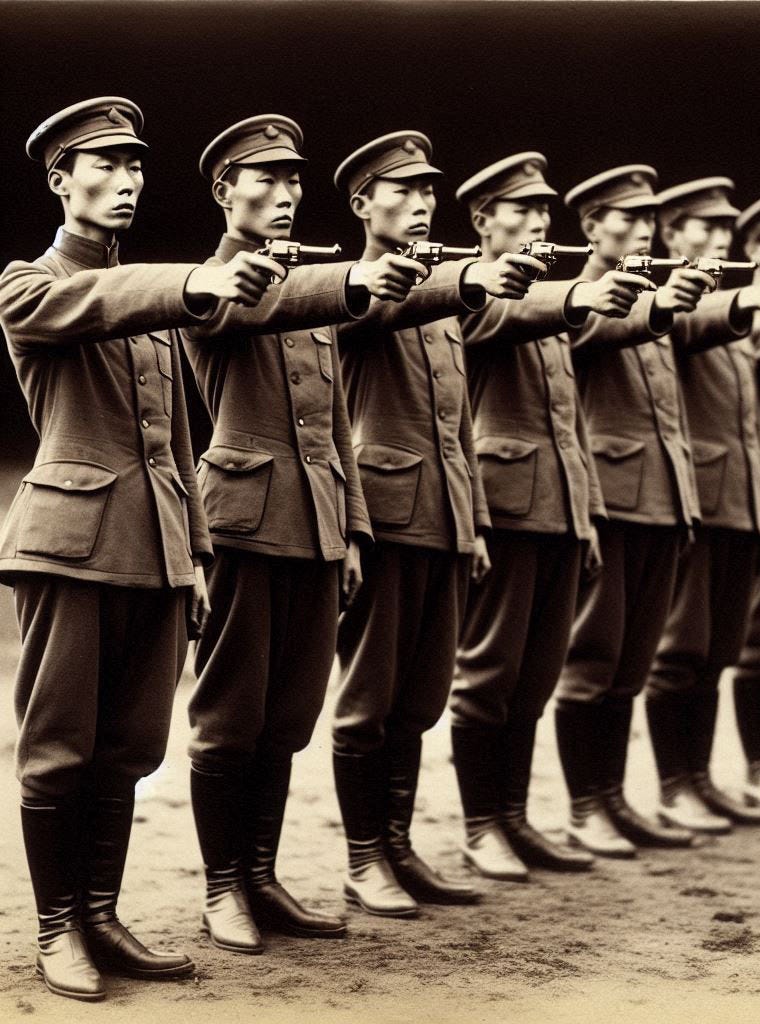
Mr Shaw, the founder of Katori Shinto Ryu was Choisai Ienao Iizasa and it was Marishiten who appeared to him to reveal the secrets. Bokuden was at Kashima and founded Kashima Shinto Ryu aka Bokuden Ryu.